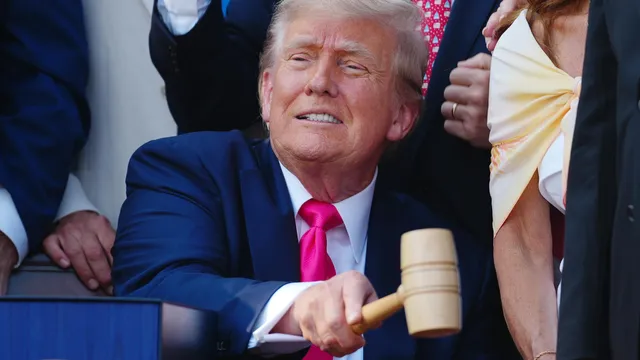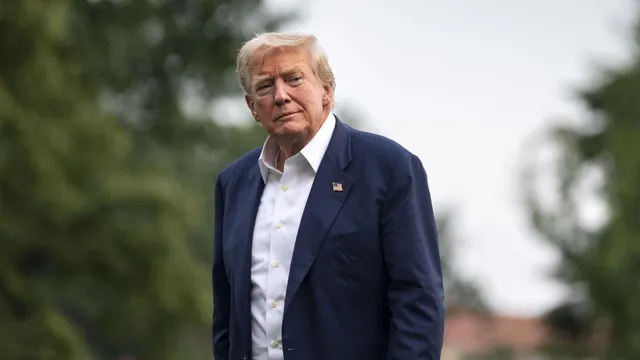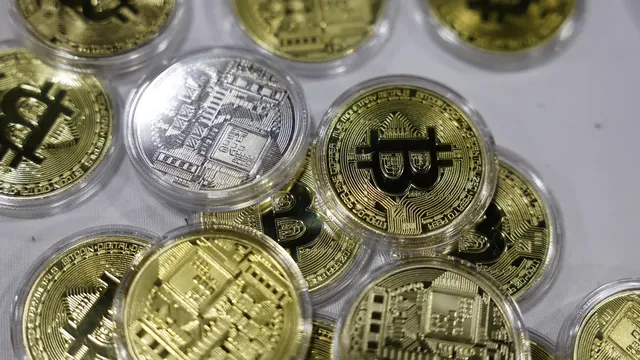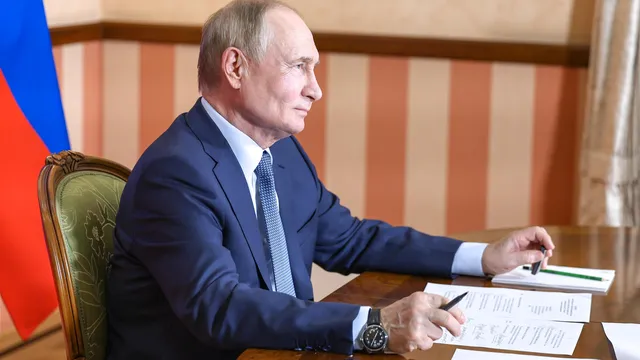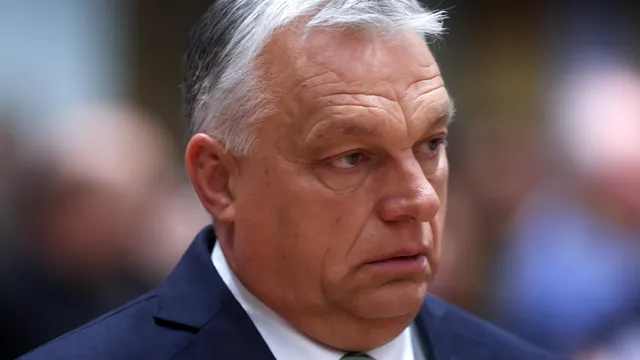The U.S. and China trade delegations paused their talks in Sweden this week to consult with their leaderships — but is there more behind this break than a routine trade negotiation? There is growing reason to believe President Trump is seeking a major diplomatic breakthrough aimed at prying China away from its support for Russia.
Trump has made no secret of his frustration over failing to broker an end to the war in Ukraine. He has shifted his stance on arming Kyiv and issued a deadline for new sanctions. In his view, the key to increasing pressure on Moscow lies in weakening China’s economic and technological support for Putin’s regime.
This was reportedly the core message delivered in Sweden by Treasury Secretary Scott Bessent. Trump is eager to seal a “big trade deal” with China — the same deal that eluded him during his first term. But Bessent is now offering something even more significant: a sweeping détente in exchange for Beijing halting its support of Putin’s war.
Undoubtedly, Bessent also raised the pending Senate bill on “secondary sanctions,” which would impose tariffs of up to 500% on goods from countries buying Russian oil and gas — a measure aimed squarely at China and India. Should Trump back the bill, it would likely pass with overwhelming bipartisan support.
These sanctions could deal a heavy blow to both economies. India has already received a clear warning: Trump has threatened a 25% tariff on Indian goods if Delhi doesn’t stop importing Russian oil — and this week, Indian state refineries reportedly froze deals with Moscow, according to Reuters.
Of course, China holds strong cards, as demonstrated by its halt of rare earth exports. But even so, secondary sanctions would hit Beijing at a time when its economy is far from flourishing. A long-term trade truce with the U.S. and the rollback of some Trump-era tariffs would be welcomed in Beijing.
Trump is also signaling de-escalation with diplomatic gestures toward China. The most significant: lifting the ban on advanced computer chips — specifically Nvidia’s H20 model, a key Chinese demand.
Media reports suggest the White House pressured Taiwanese President Lai Ching-te not to make a stop in the U.S. on his way to Latin America. Neither country has confirmed the pressure, but neither has denied it. Lai canceled his trip — something that didn’t happen even under Biden’s administration. China will surely take note of the gesture.
Yet these concessions are worrying Washington’s hawks. Over 20 national security experts sent a protest letter over the sale of the H20 chip. The White House had anticipated such backlash — but clearly believes the potential for a “grand bargain” is worth the cost.
Trump has long admired Richard Nixon’s Cold War strategy of exploiting tensions between Moscow and Beijing to end China’s isolation. One of Trump’s motivations to end the Ukraine war is his belief that the conflict is pushing Russia and China too close together. Splitting that axis, he believes, could force Putin to the negotiating table.
Of course, this is a scenario full of unknowns. Xi and Putin declared a “no-limits partnership” just before Russia’s 2022 invasion, and China is clearly the dominant partner — gaining cheap oil in exchange for war-related technologies. It’s unclear whether Xi would reconsider that calculus if Trump shows serious intent to impose secondary sanctions.
The question is also what China might demand in return — beyond sanctions relief. Xi’s core strategic goal remains reunification with Taiwan. China’s military is already conducting drills for a potential blockade of the island. Would Trump be willing to reduce U.S. support for Taiwan? For now, the answer remains to be seen.
Above all, Trump is a dealmaker. He entered his second term aiming to strike deals with America’s top adversaries — Iran, Russia, China, even North Korea. Iran refused and paid the price. Russia is still refusing, as Putin continues the war. Now it seems Trump is turning to a third door — and trying to see what lies behind it. |BGNES
-------------------------------------------------------------------
Analysis by The Wall Street Journal

 Breaking news
Breaking news
 Europe
Europe
 Bulgaria
Bulgaria
